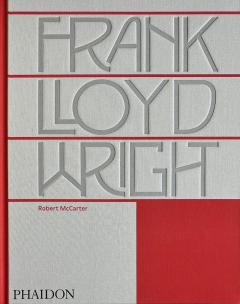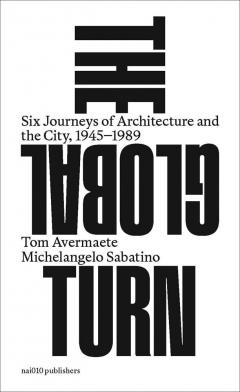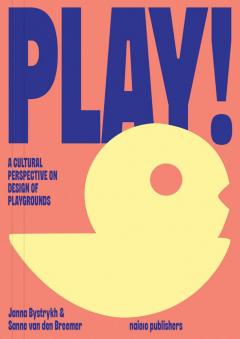The aesthetic of our contemporary environment, including everything from
housing developments to furniture and websites, is partly the result of
a school of art and design founded in Germany in 1919, the Bauhaus.
While in operation for only fourteen years before being shut down by the
Nazis in 1933, the school left an indelible mark on design as well as
the practice of art education throughout the world.
Placing the Bauhaus into its socio-historic context, Frank Whitford
traces the ideas behind the school s conception and describes its
teaching methods. He examines the activities of the teachers, who
included artists as eminent as Paul Klee, Josef Albers and Wassily
Kandinsky, and the daily lives of the students. This remains the most
accessible and highly illustrated introduction to perhaps the most
significant design movement of the last hundred years.
Table of Contents
Introduction 1. Aims and Ambitions 2. Art, Crafts, Architecture and the Academies 3. Art Education Reformed 4. The Founder 5. Problems 6. The First Appointments 7. The Students 8. Achievements 9. New Arrivals 10. The Basic Course: Colour and Form 11. Going Dutch 12. Towards a New Unity: Moholy-Nagy and Albers 13. The Public Face 14. Dessau 15. Young Masters 16. A New Director 17. The Bitter End 18. Judgments





